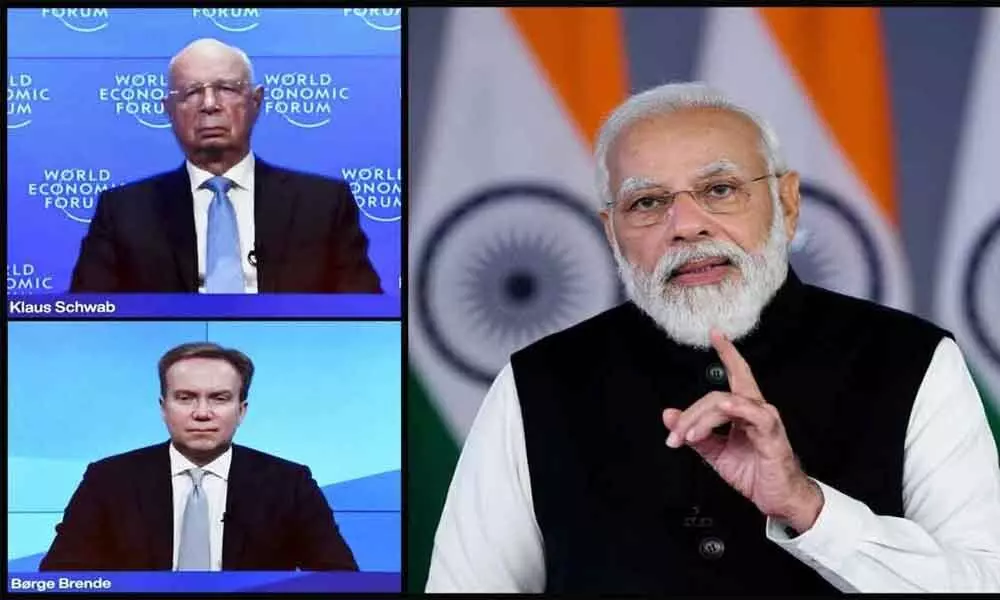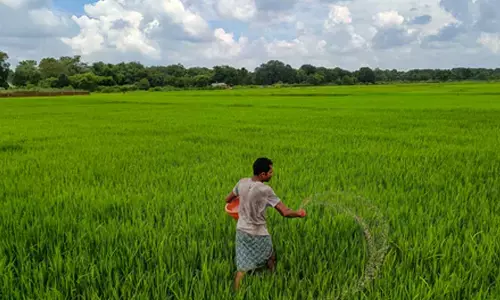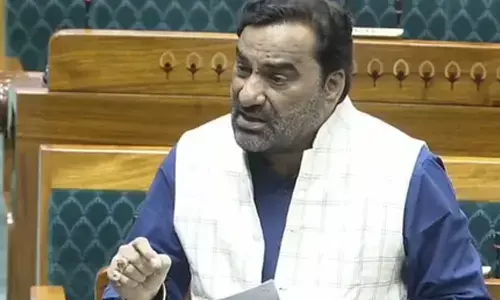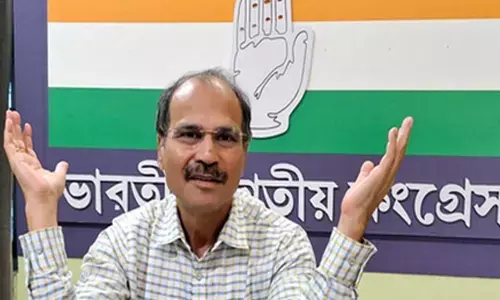The commitment at Davos and the challenges of sustainable lifestyle

Prime Minister Narendra Modi virtuallya ddressed on Wednesday the World Economic Forum (WEF) Davos Agenda 2022 summit from January 17-21 and introduced the idea of the P3 (Pro-Planet People) movement, which underlines India’s climate change commitments at the global forum.
Prime Minister Narendra Modi virtuallya ddressed on Wednesday the World Economic Forum (WEF) Davos Agenda 2022 summit from January 17-21 and introduced the idea of the P3 (Pro-Planet People) movement, which underlines India's climate change commitments at the global forum. The Prime Minister repeated India's "clean, green, sustainable, and reliable" energy goals, which entails a net-zero carbonemission target by 2070.
He stressed on the immediate need to shift today's 'take-make-use-dispose' economy towards a circular economy. Most importantly, the Prime Minister emphasised that adopting a sustainable lifestyle would not only help in dealing with the current climate crisis but also help us prepare for futuristic unpredictable challenges. In this connection, it becomes highly important to understand the economic, environment and social dimension of sustainable lifestyles and the role of individuals, families, and communities in this arena.
India is among the top 10 most affected countries in the Global Climate Risk Index 2021. As we all know, India is already experiencing the consequences of 1°C of global warming which are reflected in extreme heatwaves, heavy rainfall, severe flooding, catastrophic storms and rising sea levels damaging lives, livelihoods and assets across the country and in the states.
These serious economic implications are expected to become more adverse. India may lose anywhere around 3 to 10 per cent of its GDP annually by 2100 and its poverty rate may rise by 3.5 per cent in 2040 due to climate change, according to a report titled 'The Costs of Climate Change in India' released by the London-based global think tank Overseas Development Institute in June 2021, focussing on economic costs of climate-related risks and possibility of increased in equality and poverty. Indeed driven by consumption and lifestyle changes, per capita greenhouse gas emissions are constantly increasing in India.
The use of traditional biomass for fuel (e.g., firewood) is high in peri-urban areas; at the same time, modernisation and urbanisation processes have led to a growth of commercial energy and indirect energy uses, e.g. of energy embodied in products and services, indicating a shift towards a modern consumer society. Given these risks of climate change, driven mainly by the consumption of fossil fuels, a fundamentalshift in energy consumption patterns is required, leading to a low-emission society: implying massive changes in many domains, e.g. energy 'production', mobility, food production, domestic energy consumption.
Experience shows that energy use and greenhouse gas emissions from production and provisionof goods and services, private and public, will not change sufficiently without transformation of lifestyles and consumption patterns. What we need in orderto meet the challenge is a system- and society-wide transition towards sustainability, including the change of policies, technology, lifestyles, and civil society. Moreover, such adjustments in norms, rules and patterns of interaction and organisation cannot and must not be limited to the political and administrative realms, but must simultaneously take place in civil society, families and households.
At the same time, the contradiction between considerable economic growth, resulting in a developing consumer society, with modern technologies and services on the one hand and poverty, malnutrition, health problems, social exclusion and resource degradation on the other is very striking in our society. The lifestyle concepts of different social groups are also differently emerging. That means the perceptions towards environment and climate change issues and necessary action and measures will invariable be different. Though environment is scale neutral, the measures and actions cannot be, as different strata of people and social groups are involved.
A carbon footprint approach could be one source to look at the issue in a differentiated way. Carbon footprint is the total greenhouse gas emissions (includingcarbon di oxide and methane) caused by an individual, community, event, organisation, service, orproduct, expressedas a carbon di oxide equivalent. Globally, the top 20 emittersof CO2 are responsiblefor 78% of global emissions.
The following countries are the ten largest emitters of carbon di oxide: China (9.3 GT), United States (4.8 GT), India (2.2 GT), Russia (1.5 GT), Japan (1.1 GT), Germany (0.7 GT), South Korea (0.6 GT), Iran (0.6 GT), Canada (0.5 GT). However, if we look at per capita emissions, India ranks far below world average.
India emits 7.1% of global emissions and has per capita emissions of about 2.47 Tco2e (tonnes of carbondioxide equivalent), as compared to the global averageof 6.45 tco2/per capita. Here too there is very high disparity between developed nations and developing nation like India. This also implies the greater challenge and contribution developed world faces towards combating climate change.
A recent study by the Research Institute for Humanity and Nature has found that the top 20% of high expenditure households in India generate nearly seven times the carbon emissions compared to low-expenditure households, defined as those who spend less than $1.9 in a day. The average carbon footprint of every person in India was estimated at 0.56 tonne per year– with 0.19 tonne per capita among the poor and 1.32 tonne among the rich.
According to India Spend, the study combined household expenditure data from the 2013 National Sample Survey Organisation (NSSO) and observed that food and electricity were two avenues of expenditure that accounted for the majority of emissions in thecountry across socio-economic groups. Among affluent households, expenditures that resulted in high emissions substantially came from private transport, durables and non-cereal food items.
This showsthat it is predominantly the affluent households who have to contribute substantially more towards combating climate change effects through changing their lifestyles here and elsewhere in theworld. This is indeed a real challenge!
The author is MLA and Humboldt Expert in Agriculture, Environment and Cooperation

















